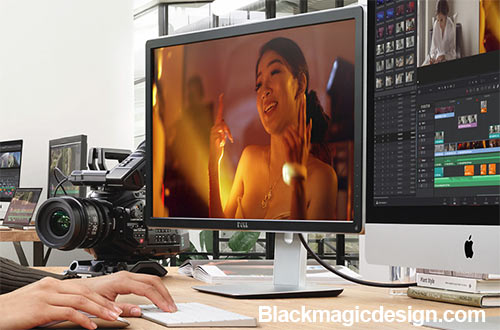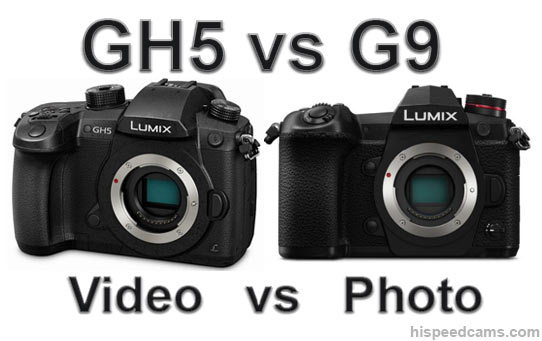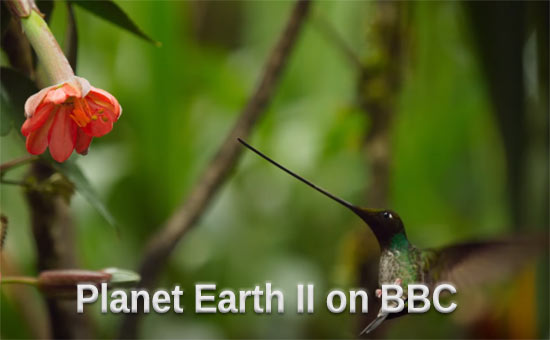We got over 20 messages with essentially the same video sample in our inbox this week. They all touted the new interpolation from the DAIN experimental App or (Depth Aware Video Interpolation App) which now analyses footage with a Neural network AI algorithm that crunches motion vectors and even what seemed impossible before “Object Occlusion” to generate higher frame rates from lower fps sources. The technology is pretty fascinating and should be further improved by more training and samples over the coming years.
For stop motion animators, this is a complete game-changer as now you could animate with as little as 8fps and then interpolate to 30fps or 60fps with very little in the way of tearing and artifacting as long as the footage is well lit and objects clearly defined. To make matters more interesting, it also analyses footage with shallow depth of field yielding impressive results.






